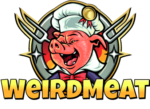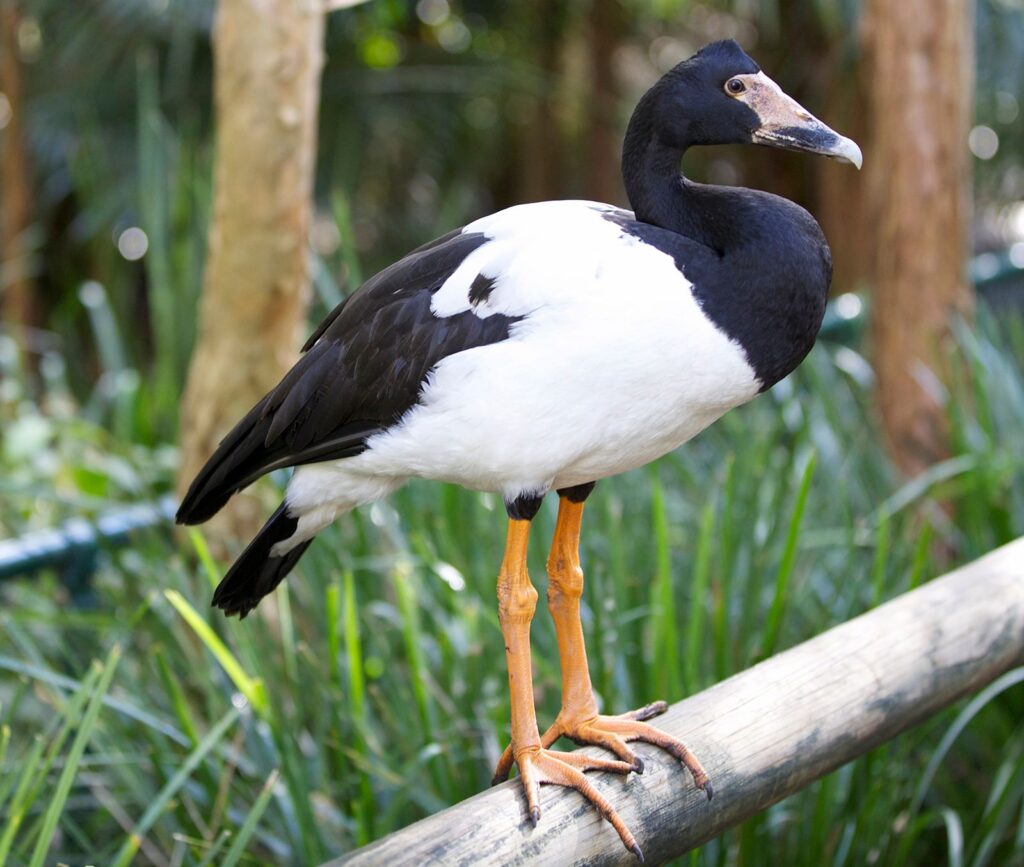Goose is a lean, dark meat that’s great for roasting. It can also be boiled or steamed, making it a versatile option for many cooking styles.
Roasting goose is a popular festive dish, and the tradition of serving this bird goes back centuries. However, before you make your next dinner, it’s important to understand some of the benefits and concerns of eating this meat.
Overview of Goose as a Food Source
Goose is a popular food source in many countries. It is eaten for its meat, which is darker and more flavorful than chicken or turkey.
Geese are mainly raised on pasture, where they hunt and peck for their food. This results in a rich and varied diet that can lead to deeply colored yolks and a tastier egg than those of chicken.
Wild geese also increase their food intake before they migrate, in order to build up reserves before embarking on a long flight. They also eat more carbohydrates (grains and berries) in autumn and winter in order to keep warm and stay healthy while they are on the move.
Culinary Uses and Traditional Dishes
Goose is a meaty and flavorful bird that can be used in a wide range of dishes. It can be prepared in many ways, including roasting and boiling.
The meat is a great source of protein and is packed with nutrients. This makes it a healthy choice for anyone looking to eat healthier foods.
Whether you are cooking for yourself or inviting guests over, there are many recipes that feature this delicious and nutritious meat. From soup to omelets, there are plenty of dishes that you can make with goose that your family and friends will love!
The best way to enjoy this meat is by using it in a recipe that features roasted goose. This dish will provide you with the perfect opportunity to showcase the flavor and aroma of this meat while serving it with a variety of side dishes.
Availability and Market Trends
The market for Goose consumption is expected to see significant growth over the forecast period. This is due to the increased popularity of this product in North America.
There are several factors that have contributed to the rise in the population of geese, including a reduction in winter food shortages and sophisticated waterfowl management. The abundance of these birds has also led to the proliferation of new breeding sites across the country.
In 2018, about 3.8 million heads of ducks and goose were slaughtered worldwide

